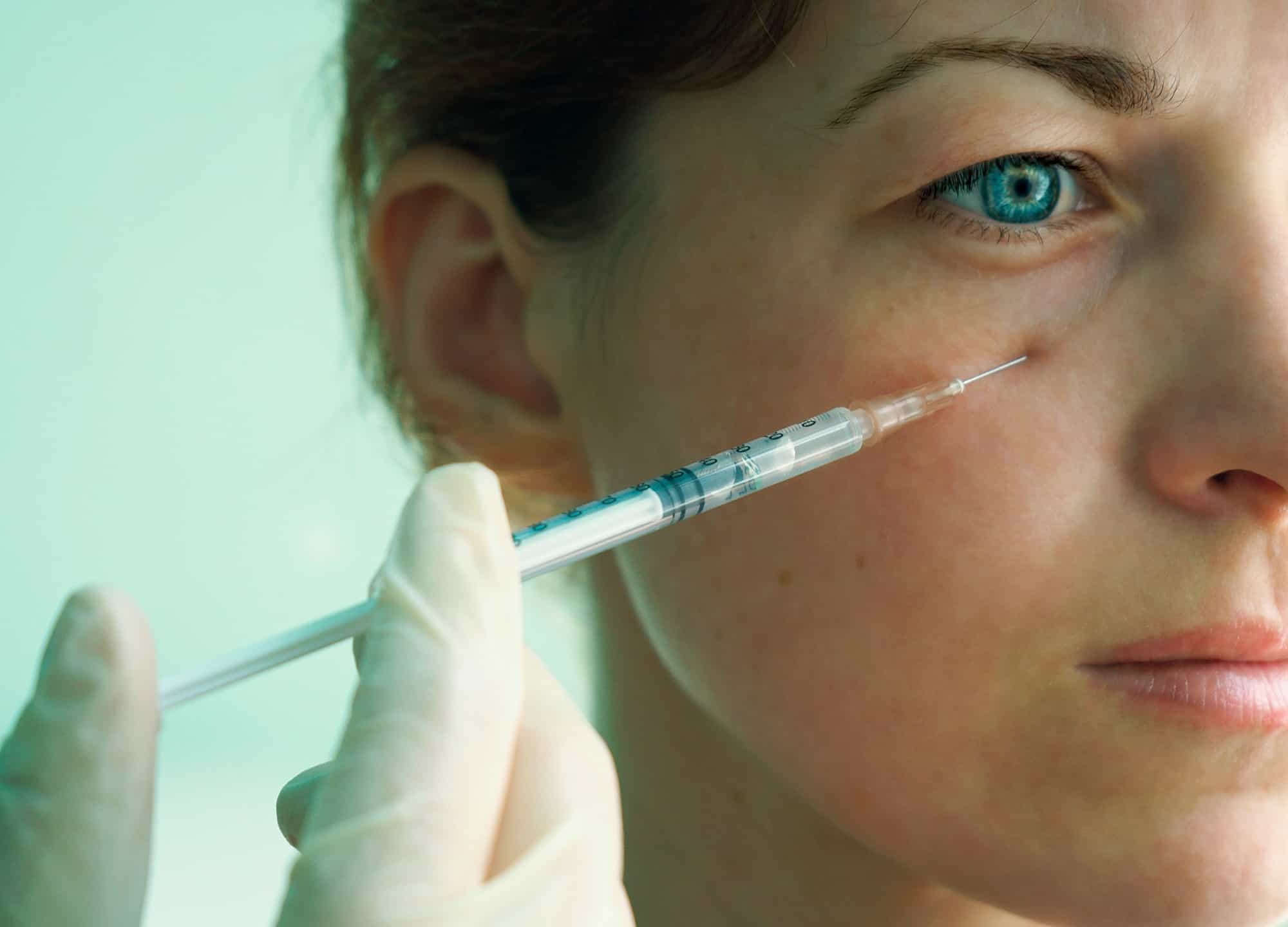Featured Experts
Dr. David Shafer, a board-certified plastic surgeon in New York City
Dr. Norman Rowe, a board-certified plastic surgeon in New York City
Dr. Gary Goldenberg, a board-certified dermatologist in New York City
Dr. Howard Sobel, a board-certified dermatologic surgeon in New York City
Injectors use neuromodulators like Botox, Dysport, and Daxxify off label all the time to slim the jawline, contour the body, and these days, target puffiness and bags beneath the eyes. But getting Botox for under-eye bags isn’t always the best treatment to help you look more awake and refreshed, since it can come with some risks and side effects—and, spoiler alert, just isn’t the most effective solution out there.
“My laugh lines are more pronounced because of the swelling, and the wrinkles under my eyes are terrible,” one RealSelf member posted in a forum after having received botulinum toxin around the eyes. Unfortunately, says Dr. Howard Sobel, a board-certified dermatologic surgeon in New York City, that’s because “Botox is generally not a treatment for eye bags.”
With that, here’s what you need to know about using a neuromodulator like Botox for under-eye bags.
What causes under-eye bags?
There are a million and one reasons you might be seeing under-eye bags—a big one being stress. “Stress causes the release of cortisol from your adrenal glands, which can change the salt balance in the body,” says Dr. Sobel. That could make you retain water, leading to eye puffiness.
Then there’s the matter of aging. Both sun damage and gravity can “contribute to the formation of under-eye bags, as they affect our skin and muscle and cause a lack of firmness,” says Dr. David Shafer, a board-certified plastic surgeon in New York City. The loss of muscle can ultimately cause the fat pads beneath the eyes to descend and even slide forward; depending on your bone structure and your genetics, this could contribute to malar bags (or festoons), which are large, swollen mounds under the eyes and on the cheeks.
Other factors like alcohol consumption, smoking, lack of sleep, and even allergies can even lead to the appearance of bags beneath your eyes. And of course, you could be predisposed to them. “Genetics plays a role in everything, including hereditary fullness and bags under the eyes,” says Dr. Sobel.
Can Botox help with under-eye bags?
The short answer: it’s not your best solution for under-eye bags. Neuromodulators work by inhibiting nerve signals, “therefore minimizing the contractions of the muscles under the eyes,” says Dr. Shafer. When they’re placed near the crow’s-feet—that is, toward the outer corners of the eyes—they can help reduce tension around the eyes, which can relax wrinkles and improve the appearance of under-eye bags to some extent.
But it’s important to be realistic about the results you’ll get with it, because neuromodulators are intended to treat dynamic wrinkles, or those that form due to repeated muscle contractions, says Dr. Gary Goldenberg, a board-certified dermatologist in New York City. (Eye bags are not related to these.) While “in some patients, they can decrease puffiness by relaxing the muscles under the eyes,” he says, they won’t fully make your under-eye bags disappear.
The risks of Botox injections for under-eye bags
As this particular use is “considered to be off label and is not officially approved for this treatment, there are a few risks, including lower-lid sagging and blinking problems,” says Dr. Shafer. It can even make it harder to completely close your eyes.
On top of that, if the neuromodulator is injected too far south, it could also affect your smile muscles, which are connected to the bone right beneath the eyes. And as always, there’s a risk of bruising, according to Dr. Sobel.
Treatment options for under-eye bags
While Dysport and Botox treatment for under-eye bags isn’t a good idea, other injectables can make a major improvement—namely, dermal fillers. Dr. Norman Rowe, a board-certified plastic surgeon in New York City, uses them in the tear trough and around the lower lid; injecting them into these areas can “help camouflage the bags, so long as they are not very large,” he says.
If they are large, the doctors we spoke with generally prefer laser treatments. “Laser resurfacing or energy-based skin tightening can help increase the firmness of the skin of the lower eyelids, which can help reduce the appearance of bags,” says Dr. Shafer. Skin-tightening cosmetic treatments, like Ultherapy, can also be helpful for shrinking under-eye bags—and as a bonus, can help you get rid of dark circles too.
For a more permanent solution, the most effective treatment is lower blepharoplasty. “During the procedure, the excess or sagging skin under the eye is removed or repositioned,” says Dr. Shafer. And if you’re dealing with fat pads beneath the eyes, your surgeon can remove or reposition them to smooth, firm, and lift the under-eye area—leading to overall eye rejuvenation.











